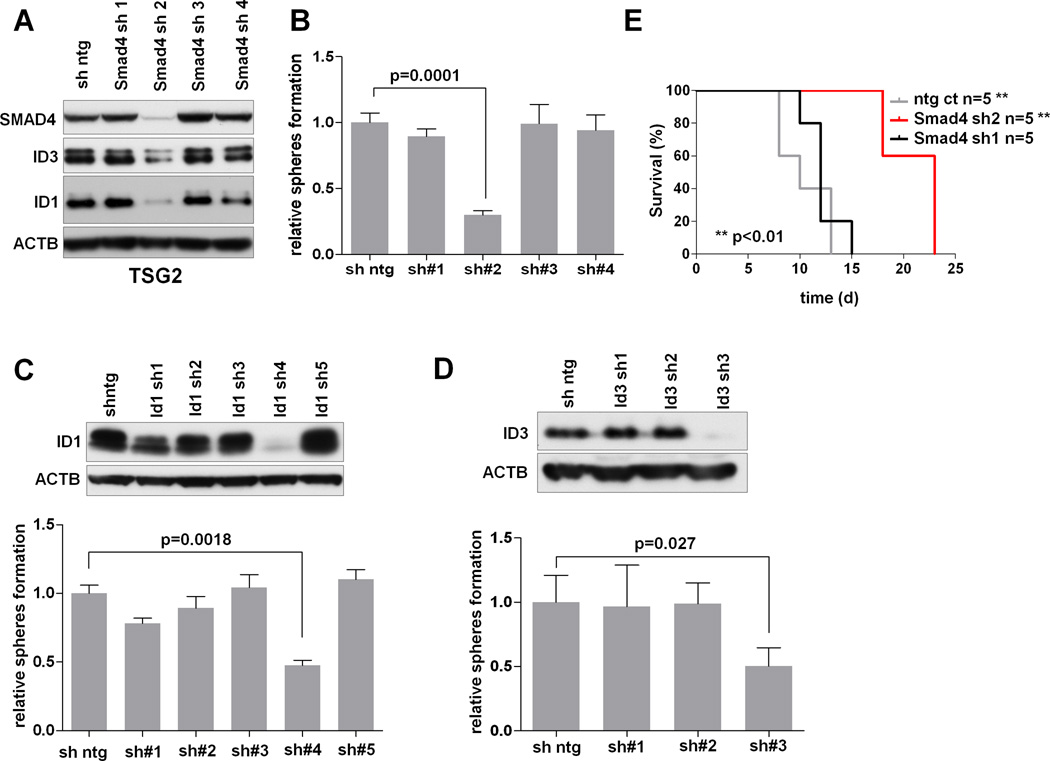Figure 7. The functional inactivation of Smad4 and Id proteins impairs tumorigenesis and self-renewal in PN Glioblastoma.
(A) Western blot analysis of SMAD4, ID1 and ID3 proteins 72 hours after infecting p53/Pten−/−glioma cells (TSG2) with shRNA constructs specific for murine Smad4. (B) Stable knock-down of Smad4 by lentiviral shRNA impairs the self-renewal capacity of mouse PN spheroids (TSG2) in vitro. Error bars represent Standard Deviation of experimental triplicates. (C) Stable knock-down of Id1 by lentiviral shRNA impairs the self-renewal capacity of mouse PN spheroids (TSG2) in vitro. Protein levels were measured 72 hours after the infection (upper panel). Error bars represent Standard Deviation of experimental triplicates. (D) Stable knock-down of Id3 by lentiviral shRNA impairs the self-renewal capacity of mouse PN-like spheroids (TSG2) in vitro. Protein levels were measured 72 hours after the infection (upper panel). Error bars represent Standard Deviation of experimental triplicates. (E) Kaplan-Meier survival analysis of Ncr/nude mice transplanted orthotopically with p53/Pten−/− murine GBM cells harboring hairpins specific for murine Smad4 (sh1 and sh2) or the vector control (ntg ct).

